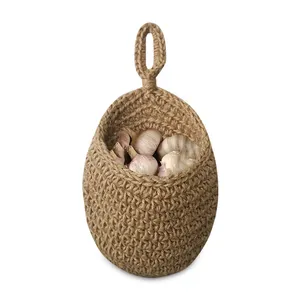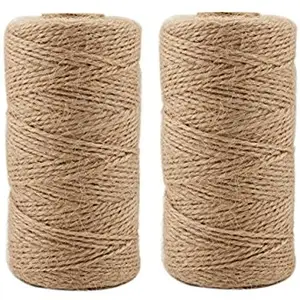Jute rope, a versatile and sustainable material, has seen a resurgence in popularity across various industries due to its durability, biodegradability, and natural aesthetic. Derived from the fibrous core of the jute plant, this rope is not only practical but also environmentally friendly, aligning with the growing global emphasis on eco-conscious materials. As businesses seek to align with these values, understanding the nuances of jute rope becomes crucial.
Types of jute ropes
The diversity in jute rope types is notable, offering different specifications for a myriad of uses. Among these, jute twine and jute cord stand out for their widespread utility. Jute twine, typically a thinner variant, is often used for packaging and crafts, while jute cord, being slightly thicker and stronger, is ideal for applications requiring more tensile strength. Jute twine string is another form that combines the lightweight nature of twine with added durability, making it suitable for gardening and bundling. Specialty forms like jute shibari rope are tailored for specific uses, in this case, the traditional Japanese art of rope tying. Each type offers a unique balance of strength, flexibility, and texture to meet the varying needs of businesses.
Features of jute ropes
Jute rope boasts several features that contribute to its practicality in commercial settings. Its natural fibers result in a biodegradable product, which decomposes without leaving harmful residues, making jute twine rope an eco-friendly option. Furthermore, the material's inherent tensile strength allows it to withstand significant weight and strain, ensuring durability in its applications. For customized needs, wired jute cord incorporates a pliable wire core, offering shape retention and creative flexibility, which is particularly useful in decorative contexts. The breathability of jute also prevents condensation, reducing the risk of mildew and making it an ideal choice for storage and packaging solutions. All of these features underscore the material's adaptability and functional breadth.
Applications of jute ropes
The applications of jute rope are broad and varied, extending into sectors such as agriculture, handicrafts, packaging, home decor, and even nautical ventures. In agriculture, green jute twine is commonly used for tying plants and vegetables, serving as an eco-friendly alternative to synthetic materials. The aesthetic appeal of jute makes it a popular choice for home decor and craft projects, where it adds a rustic charm to items such as macramé wall hangings or jute-wrapped bottles and furniture. Packaging solutions also benefit from jute's natural look and feel, providing an organic touch to product presentation. Moreover, its role in shibari art showcases its cultural significance and the skillful precision required in its use. These diverse applications demonstrate the material's versatility and the demand for natural solutions in various markets.
Jute rope serves as an exemplary material that supports both functional and environmental objectives. Its array of types, features, and applications make it a valuable asset for businesses looking to incorporate sustainable practices without compromising on efficiency or aesthetic appeal. As industries continue to evolve, the role of jute rope is likely to expand, reinforcing its status as a staple in the realm of eco-conscious materials.








































 浙公网安备 33010002000092号
浙公网安备 33010002000092号 浙B2-20120091-4
浙B2-20120091-4